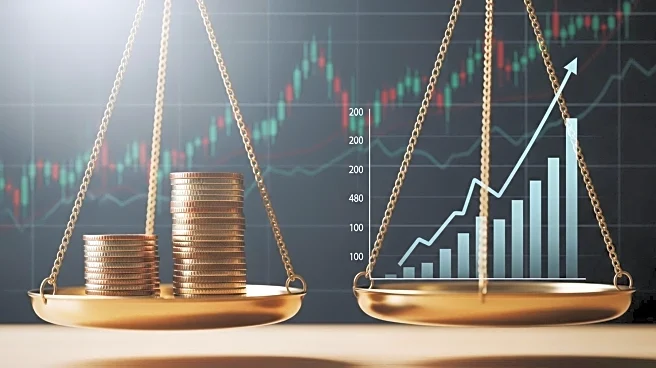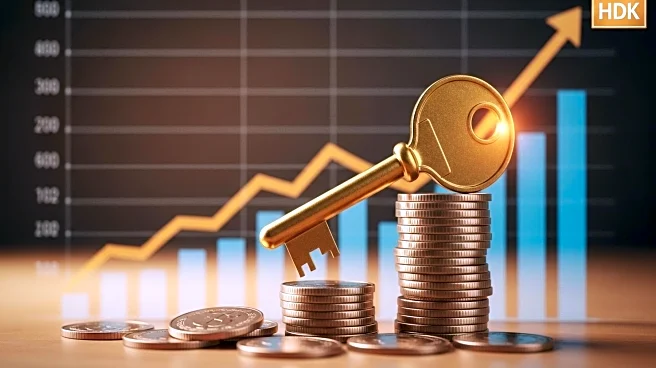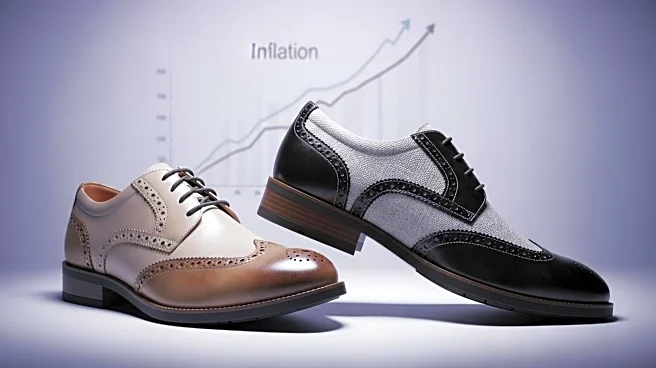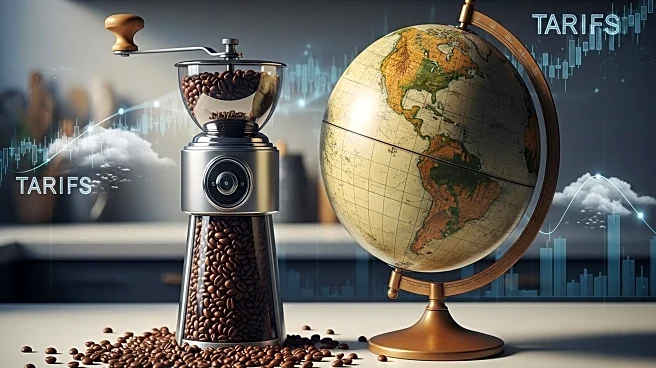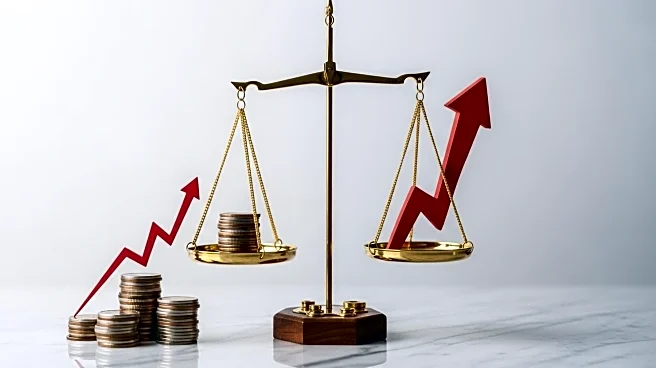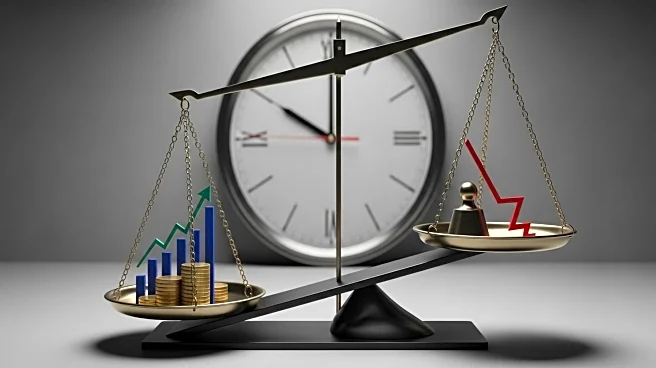What is the story about?
What's Happening?
Beef prices in the United States have experienced a significant increase, rising by approximately 14% in August 2025 compared to the same month in 2024. This surge in prices is attributed to various factors, including supply chain disruptions and increased demand. The report highlights the challenges faced by consumers as they navigate these higher costs at grocery stores and restaurants. The trend of rising beef prices has been a concern for both consumers and industry stakeholders, as it affects household budgets and the overall cost of living.
Why It's Important?
The increase in beef prices has substantial implications for the U.S. economy and consumers. Higher beef prices contribute to inflationary pressures, affecting the purchasing power of consumers. This trend can lead to changes in consumer behavior, such as reduced consumption of beef or a shift towards alternative protein sources. Additionally, the food service industry, including restaurants and catering businesses, may face increased operational costs, potentially leading to higher menu prices. The agricultural sector, particularly cattle ranchers, may experience mixed impacts, with some benefiting from higher prices while others struggle with increased production costs.
What's Next?
If the trend of rising beef prices continues, it could prompt further adjustments in consumer spending habits and potentially lead to policy discussions on food affordability and supply chain resilience. Stakeholders in the beef industry may explore strategies to mitigate the impact of price increases, such as improving supply chain efficiency or investing in alternative protein sources. Government agencies might also consider interventions to stabilize prices and support consumers facing financial strain due to higher food costs.
AI Generated Content
Do you find this article useful?


